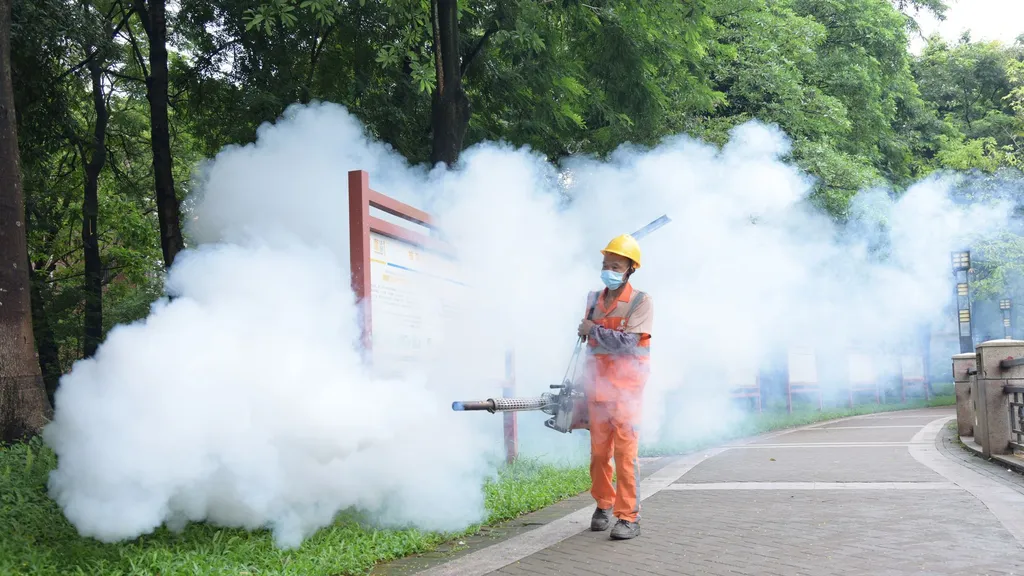In a startling turn of events, China is grappling with its largest-ever outbreak of chikungunya fever, a mosquito-borne disease that has been steadily spreading its reach across the globe. The outbreak, centered in Guangdong Province, has seen a staggering 9,933 cases, according to a recent commentary published in the *Journal of Advanced Biotechnology and Experimental Therapeutics* (a translation of the journal’s name). This resurgence of chikungunya, a disease once considered relatively rare, is raising alarm bells among public health officials and scientists alike.
Chonda Rani Roy, a lead author of the commentary and a researcher at the Department of Microbiology and Hygiene, Bangladesh Agricultural University, emphasizes the urgency of the situation. “The global spread of chikungunya is a significant public health concern,” Roy states. “With outbreaks reported in over 110 countries and more than 270,000 cases worldwide in 2025, the need for effective surveillance, vector control, and vaccination strategies has never been more critical.”
The re-emergence of chikungunya in China is particularly concerning due to the country’s large population and the potential for rapid spread. The disease, characterized by severe joint pain, fever, and rash, can lead to long-term complications and significant economic impacts. The energy sector, in particular, is vulnerable to the effects of such outbreaks. Workers in outdoor and industrial settings are at higher risk of mosquito bites, which can lead to increased absenteeism, reduced productivity, and higher healthcare costs.
Roy’s research highlights the importance of proactive measures to combat the spread of chikungunya. “Effective vector control strategies, such as eliminating standing water where mosquitoes breed and using insecticides, are crucial,” she explains. Additionally, the development and deployment of vaccines could play a pivotal role in controlling the outbreak and preventing future ones.
The commentary also underscores the need for enhanced global surveillance and coordination. As chikungunya continues to spread, international collaboration will be essential to monitor the disease’s progression and implement effective control measures. This research could shape future developments in public health strategies, emphasizing the importance of preparedness and rapid response to emerging health threats.
As the world watches the situation in China unfold, the lessons learned from this outbreak could prove invaluable in the fight against chikungunya and other mosquito-borne diseases. The commentary by Roy and her colleagues serves as a stark reminder of the ongoing threat posed by these diseases and the urgent need for action. Published in the *Journal of Advanced Biotechnology and Experimental Therapeutics*, this research is a call to arms for the global health community to prioritize the fight against chikungunya and safeguard public health.

